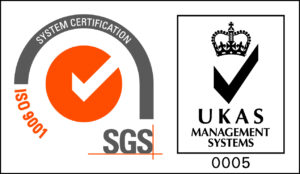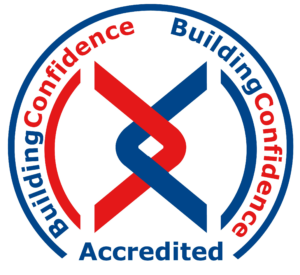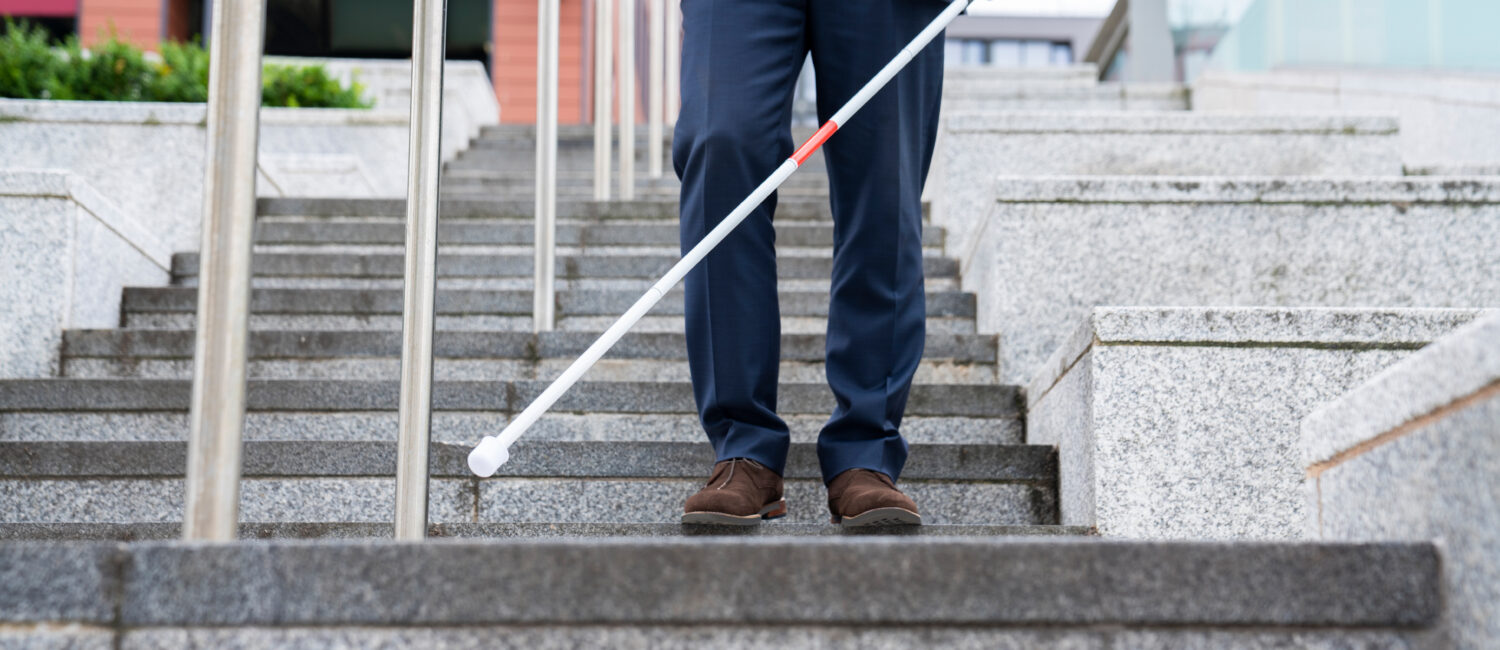
The Equalities Act 2010
The Equalities Act 2010 (and, before that, the Disability Discrimination Act or DDA) states that there should be ‘reasonable access‘ to a building for people with disabilities. In new buildings, both commercial and residential, that access is addressed in Approved Document M and covers wider doorways, smooth thresholds, access ramps, handrails, larger ground floor toilets, higher plug sockets, lower light switches and more.
It’s also probably safe to say that, by now, government and local authority buildings have all had changes made to accommodate those with mobility challenges. Most businesses that are open to the public will also have made the changes they could to allow wheelchair access (although there’s much more to be done) and companies that have disabled staff will hopefully have done everything they can to accommodate their needs.
There are, however, thousands of properties that still need improvements and while most people understand the requirement for a ramp to help wheelchair users, the needs of individuals with poor eyesight are sometimes overlooked – especially when it comes to stairs.
How to Improve Access to Your Building
QuartzGrip Anti-slip Stair Nosings and Decking Strips not only help to reduce accidents on stairs, they help provide an ‘inclusive’ environment giving access to all building users.
Stair edgings are used to protect the edges of step so it doesn’t become slippery but they can also help define the edges of steps in line with guidelines in Approved Document M (ADM) of The Building Regulations 2010 and BS 8300-2:2018. The guidelines state that visual contrast is achieved when the difference in light reflectance between two surfaces is greater than 30 points although that can be as little as 15 points in certain situations. Simply put, by adding a light nosing or strip to a dark coloured step, or a dark nosing to a light coloured step, the contrast will help people identify the change in level.

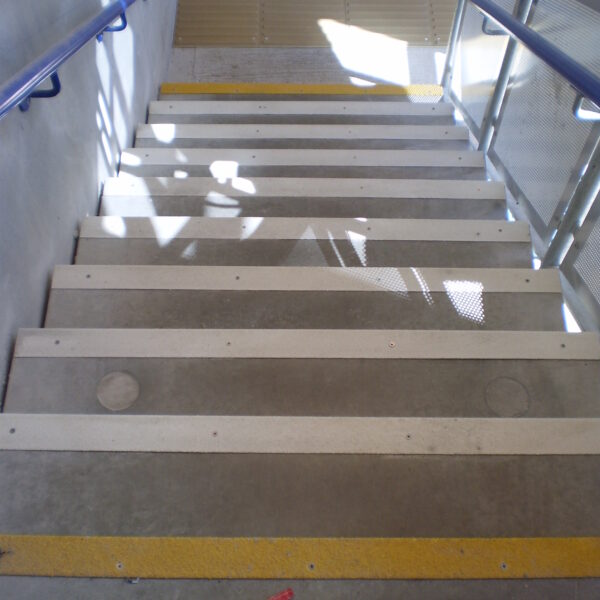
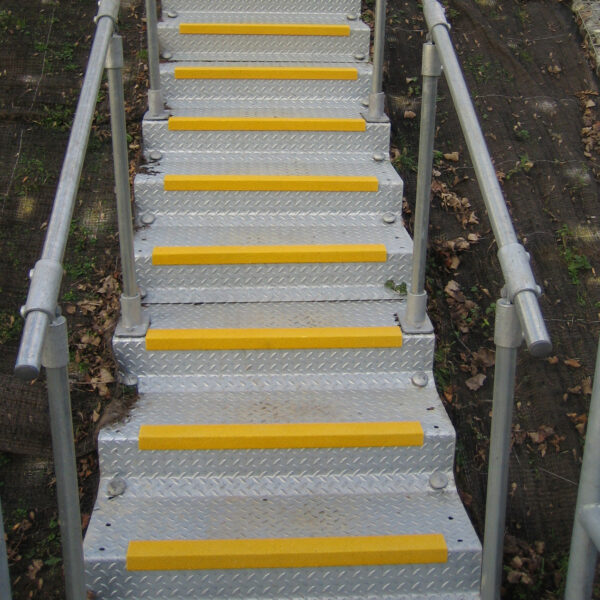
Safer Steps for Everyone
Of course it’s not just those with visual impairment that benefit; everybody’s safety is improved if trip hazards are easily spotted – especially in poor light or in adverse weather. The QuartzGrip Range also offers hazard warning surface tiles (tactile plates) to use at the top and bottom of steps; the ‘corduroy’ pattern is recognised as a warning of a specific hazard such as steps and platform edges.
So what does all this mean to you? It means that the QuartzGrip ranges from Step on Safety can help your premises meet the requirements of the Equalities Act and, just as importantly, help all your visitors stay safe – whether that’s at home or your place of work. We can also supply GRP Handrails and Access Ramps. To find out more get in touch today.







